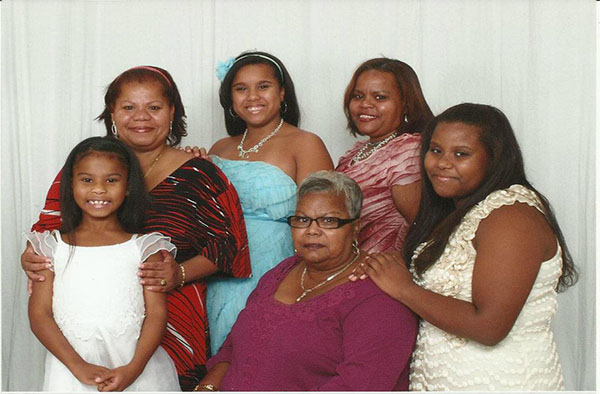Doña Ramona had a full life. Diabetes took it away from her.
Each November, we observe National Diabetes Month to bring attention to diabetes and its impact on millions of Americans.
Doña Ramona died last Friday in Washington Heights. She was only 74 years old. She was the matriarch of the Carvajal family, dominicanos de ”pura cepa,” who moved from the Dominican Republic to New York in pursuit of a better life. She was strong, vivacious, generous; a force to be reckoned with. She showed her love, especially through her cooking. When I visited her a few years ago, she welcomed me with tostones and fried chicken, her deliciously decadent arroz con gandules, and her sweets, lots of sweets. Never mind that she had been diagnosed with diabetes 20 years before she died of complications. Her heart could not take it any longer.
God bless her soul, Doña Ramona had been warned by her doctors time and again. She was extremely overweight. She did not take her medications. She wanted to cook and eat what she wanted to cook and eat; that did not include fruits and veggies, filling half her plate for portion control, or baking instead of frying. Her daughter, my dear friend Ramona, said to me, “Write about this, please. Mamá never took care of herself. This should be a warning for our community. We have to change our habits. This should not happen again.”
Ramona is right. We do need to change our habits. Like Doña Ramona, 29 million Americans suffer from diabetes.
Alarmingly, one in four people with diabetes doesn’t know he or she has it.
And the staggering figures don’t end there. Another 86 million adults – more than one in three U.S. adults – have prediabetes, which means their blood sugar levels are higher than normal but not high enough to be classified as type 2 diabetes. Without dietary modification, weight loss, and moderate physical activity, however, 15 to 30 percent of people with prediabetes will develop type 2 diabetes within five years.
Researchers have long known that people of Hispanic/Latino background are at higher risk for type 2 diabetes than non-Hispanic Caucasians.
There are more than 50 million Hispanics/Latinos living in the United States, making up about 16 percent of the population. The U.S. Census Bureau estimates that, by 2050, one in three people living in the United States will be of Hispanic/Latino origin.
Although there is no cure, it is possible to prevent, control, and reverse diabetes. But you have to be proactive. Ask your doctor the questions that pertain to YOU and get answers. Then make the necessary lifestyle modifications to protect yourself and your loved ones. Hopefully that means more fruits and vegetables, more roasted foods. Fewer fried foods. Sweets that are natural like pineapple, oranges, strawberries, and bananas. More physical activity.
In the next 24 hours, 4,660 new cases of diabetes will be diagnosed. In the next 24 hours, more than 130 people will develop kidney failure because of diabetes. Diabetes waits for no one. What are you waiting for?

